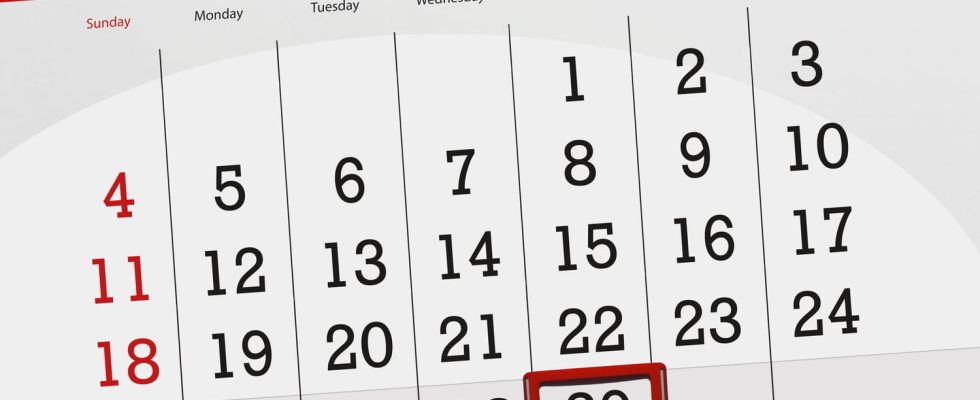2024 is a leap year, like every 4 years (or almost), which means that this month of February has 29 days instead of 28. We explain this funny ritual linked to the rotation of the Earth around the Sun .
This year 2024 will be a little longer than the previous three. In fact, it is a Leap yearthat is to say that it counts one day more than the others: the February 29, which only comes back every 4 years. Although we are used to this modification of the calendar, do you know the scientific origin of leap years and their usefulness?
Leap years allow us to correct a slight discrepancy between our calendar and astronomical reality. We usually say that the Earth takes one year, or 365 days, to go around the world. Sun. But this is not entirely correct. In reality, our planet needs just a little bit more time than that to get back to where it started: about 365 days and a quarter of a day. To resolve this problem, and as it seems complicated to lengthen each year by a quarter of a day, it was decided under Julius Caesar in 46 BC. BC that a day would be added every four years to the date of February 29. This is how leap years appeared to compensate for this gap between our calendar and the time it takes for the Earth to go around the Sun. Although this correction may seem fanciful, without leap years things would be very different…
This difference may seem insignificant on the scale of a few years, but in the long term it creates a considerable gap between our calendar and the seasons. “Without leap years, after a few hundred years we would have summer in November”, explains Younas Khan, professor of Physics at the University of Alabama at Birmingham. This correction is therefore necessary to maintain the organization of harvests as well as festivals closely linked to the seasons such as Christmas or Easter.
2020, 2024, 2028, 2032… we might think that leap years are easy to predict since they occur every 4 years. Following this logic, you just have to look if the year is divisible by 4 to know if it is a leap year! Actually, it’s not that simple… The Earth takes 365.2422 days to go around the Sun. So, by adding one day every 4 years, we compensate for this gap a little too much! In order to more precisely refine this correction, a calculation rule was added to slightly reduce the frequency of leap years. We give you a simple tip to know for sure if a year is a leap year or not:
- The year must be divisible by 4
- For the years called “centuries-old“, which end in 00 (like 1900, 2000 or 2100), the year must be divisible by 4 and by 400.
You therefore discover that 1900 is not a leap year (because it is not divisible by 400) while 2000 is. 2100 is also not a leap year, just like 2200 and 2300 (which are also not divisible by 400).
